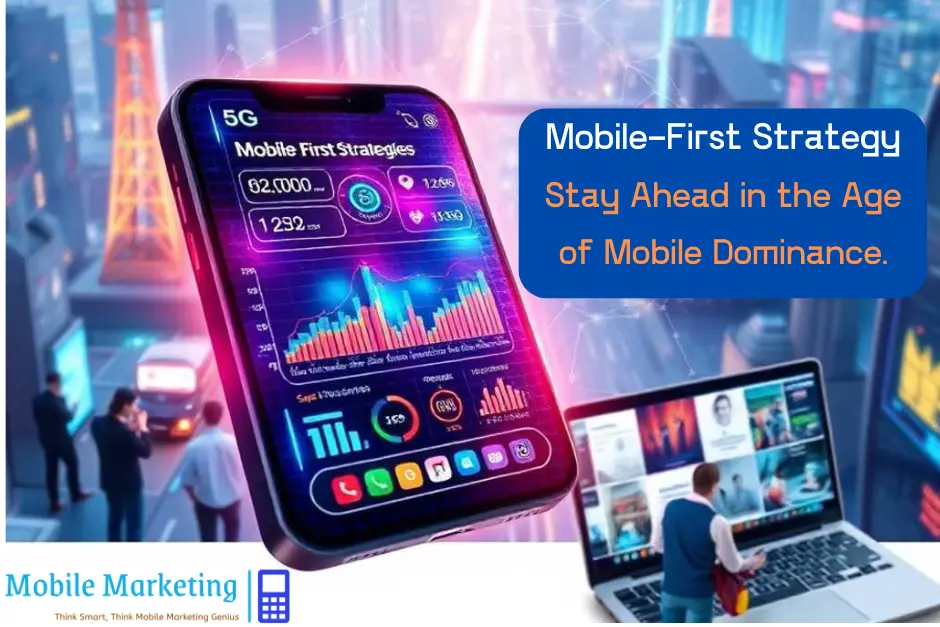Mobile Marketing Genius
Welcome to MarketingMobileGenius, your go-to resource for cutting-edge strategies, trends, and insights in the world of mobile marketing. From mastering SMS campaigns to leveraging geolocation and push notifications, we provide expert guidance to help you improve your knowledge and get updated info on the latest mobile marketing innovations. Stay ahead with actionable tips and emerging trends. Mastering Mobile Marketing for a Connected World !
Bluesky Social Media: The Rise of Decentralized Networking and Its Impact on the Future
Social media has long been dominated by centralized platforms like Facebook, Twitter/X, and Instagram. However, as concerns over content moderation, ...
The Bright Future of Navigation Apps: How AI and AR Are Transforming Google Maps, Waze, and Citymapper
The way people navigate cities has dramatically changed, thanks to the rise of AI in maps and AR directions. Traditional ...
Top 20 AI Marketing Tools for Smarter Mobile App Growth
Top 20 AI Marketing Tools are revolutionizing how businesses attract, engage, and retain users. In today’s competitive mobile app market, ...
The Mobile-First Approach: Staying Competitive in a Mobile-Dominated World
In today’s digital-first era, mobile devices have become the primary gateway for consumers to interact with brands. With over 60% ...
Temu Shopping App: Unpacking Its Explosive Growth in 2024
Temu Shopping App has taken the e-commerce world by storm, surpassing competitors like Shein and Amazon in mobile app downloads ...
Transform Your Business with Cutting-Edge Mobile Marketing Solutions
Mobile marketing has emerged as a cornerstone of successful business strategies in our increasingly digital-first world. With over 5 billion ...
Gamification in Shopping Apps: How E-Commerce is Leveraging Rewards and Engagement to Drive Sales
E-commerce has evolved beyond simple online transactions—today's consumers expect interactive and engaging shopping experiences. With countless shopping apps vying for ...
DeepSeek in Mobile Marketing: The Ultimate AI Boost for Success with Cost-Effective Innovation
Artificial Intelligence (AI) has become a game-changer in mobile marketing, enabling businesses to personalize campaigns, optimize ad performance, and automate ...
Mobile Apps State Technology in 2025: Inspiring Innovations, Use Cases, and Industry Leaders
Mobile applications have become the backbone of the digital world, revolutionizing industries from healthcare and finance to entertainment and smart ...









